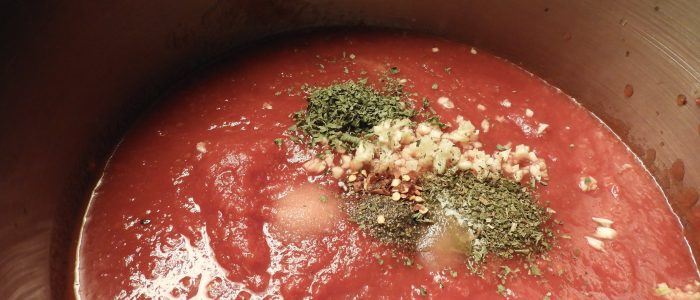How Is a Nature Center Like Spaghetti Sauce?
Many years ago, I had a long-distance girlfriend who was visiting me and decided that, even though her cooking skills were limited, she was going to make us a meal. I got out of the kitchen and let her create.
An hour or so later, she announced that dinner was served. It was spaghetti, and it was—well, actually, not too bad, but a little strange-tasting. Knowing her lack of expertise and my lack of cookbooks, I asked how she had managed it.
“I started with a big can of tomato sauce,” she said. “Then I went through your cabinets and added a little of everything that smelled like spaghetti.”
I hadn’t thought of this incident in ages, but it popped into my head recently when I was doing some consulting for a nature center that had not done any strategic planning for years. Lots of nature centers fit into this category, and many share similar trajectories. Without the prioritized recipe of a strategic plan, they continue to launch new programs, activities, and features as various staff and/or board members chase personal dreams and inspirations. How do they determine what is appropriate? It’s anything that “smells like a nature center.” Nature centers tag monarch butterflies, don’t they? We’ll host a series of programs. Nature centers build wetlands, right? I’ll write a grant. Nature centers start forest kindergartens, yes? Let’s do that.
When centers proceed in this fashion long enough, their brands become muddied, their schedules and spaces become crammed with stuff no one has had the courage to get rid of, and their staffs become overworked and burned out. My advice to those that become my clients is always the same: Do a strategic plan. Determine what matters most to your organization and what matters least, and then follow that plan. In other words, keep the girlfriend, but buy a cookbook.

